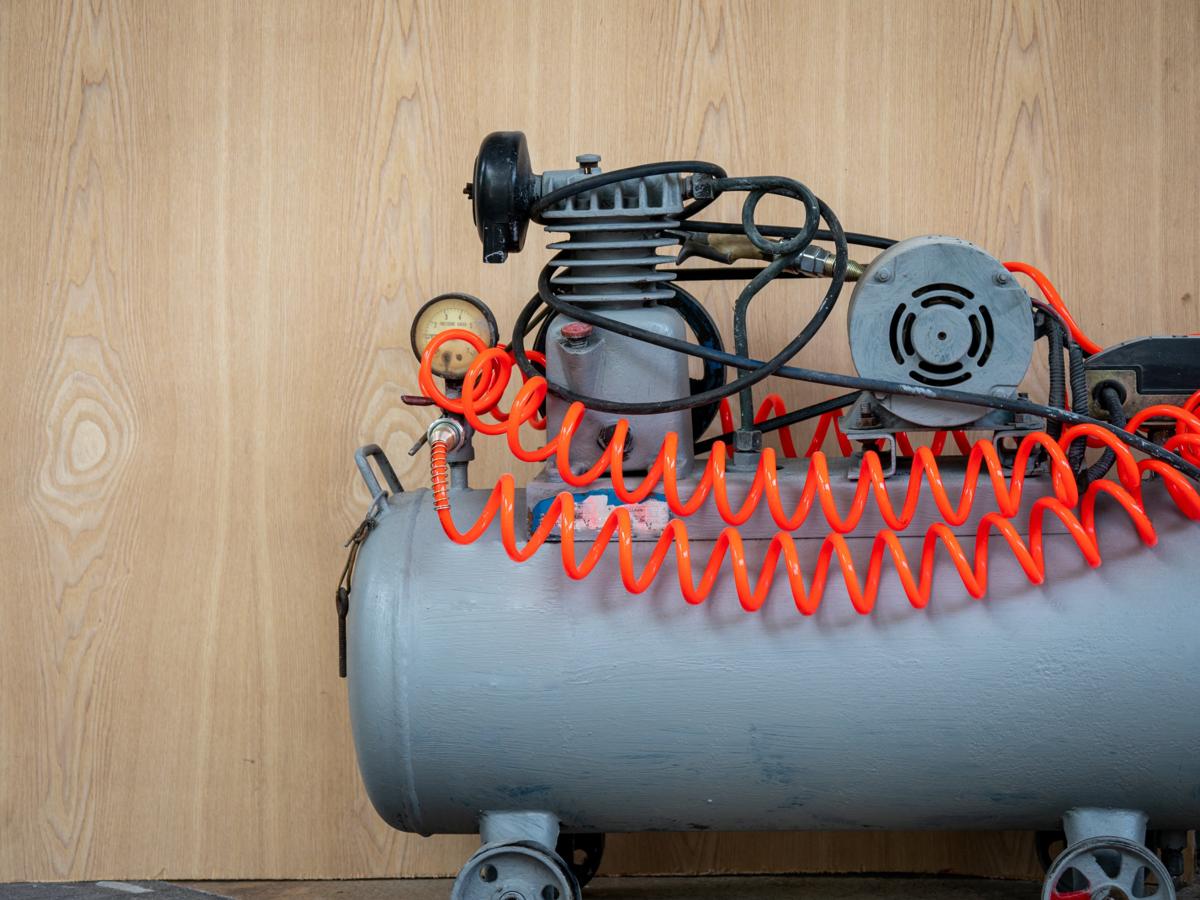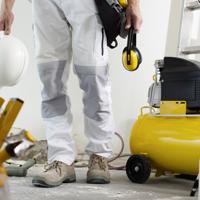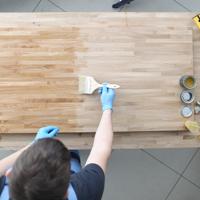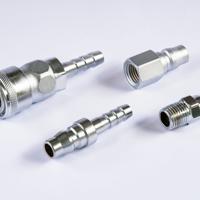Air tools are the bedrock of many workshops, offering convenience and potent performance. However, like all tools, they demand care and attention. Regular maintenance ensures optimal performance and prevents unexpected breakdowns. This article provides invaluable tips for maintaining your pneumatic power tools.
Understanding the Basics
Before diving into the maintenance steps, it’s essential to understand how air tools work. They rely on compressed air to drive their mechanisms. This simplicity in design doesn’t negate the need for regular upkeep. Compressed air can introduce moisture and contaminants, which can damage tools if not addressed.
Routine Maintenance Steps
Maintaining air tools doesn’t have to be daunting. With a regular schedule and a few simple steps, you can keep your tools in great shape.
1. Regular Lubrication
Lubrication is crucial for reducing friction and ensuring smooth operation. A few drops of air tool oil before and after use can go a long way.
- Daily Usage: Add oil directly into the air inlet while the tool is disconnected from the airline.
- Weekly: For tools in constant use, consider a routine oil inspection and application. For more detailed guidance, see our Maintenance Tips.
Tip: It’s wise to use oils specifically designed for pneumatic tools. Standard oils might not offer the same protective quality.
2. Inspecting the Components
Take occasional breaks to inspect your tools, looking for any signs of wear or damage. Pay particular attention to air tool safety tips.
- O-rings: These can become brittle over time. They ensure a good seal within the tool.
- Hoses: Check for cracks or leaks. A leaky hose can reduce tool efficiency and even pose safety risks. Learn more about safety tips.
3. Keeping Tools Clean
Debris and dust can easily accumulate, especially in a busy workspace. To prevent these from entering and damaging your tools:
- Use a clean, dry cloth to wipe tools after each use.
- Consider an air filter to trap contaminants before they reach the tools.
4. Draining Moisture
Compressed air systems usually generate moisture, which can lead to rust and damage.
- Regular Draining: Drain the air compressor tank after each use to prevent water build-up. For more detailed instructions on maintaining your air compressor, see our Air Compressor Maintenance Guide.
- Filter and Trap Installation: Using an air filter and moisture trap can help in catching residual moisture before it affects the tool.
Diagnostic Procedures
Being observant can help in early detection of potential issues. If a tool starts to falter or lose power, it might need an adjustment or part replacement.
- Listen: Unusual noises can signal internal problems.
- Feel: Vibrations might indicate worn parts needing attention.
Additional Resources
For a deeper dive into air tool maintenance, consider resources from reputable manufacturers or specialized maintenance guides. One detailed reference that offers a comprehensive look at pneumatic tools is an article from Grainger on Air Tool Maintenance.
Proper maintenance habits not only extend the life of your tools but also enhance your workshop’s efficiency. Regular checks and careful attention can keep your pneumatic tools running smoothly, ready for any task that comes your way.




